 AutoZine 20
AutoZine 2020 Best Cars in 1997-2017
20 of the best cars listed in alphabetical orders.
1. Alfa Romeo 147 (2001)
2. BMW M3 E46 (2001)
3. BMW 5-Series F10 (2010)
4. Ferrari 458 (2009)
5. Ford Fiesta / ST (2008)
6. Ford Focus (1998)
7. Ford Mondeo (2007)
8. Mazda RX-8 (2003)
9. Mercedes SL-class (2001)
10. Mitsubishi Lancer Evo VII / VIII (2001)
11. Nissan GT-R (2007)
12. Pagani Zonda (1999)
13. Peugeot 406 Coupe (1997)
14. Porsche 981 Boxster/Cayman (2012)
15. Porsche 997 / GT3 / RS (2004)
16. Porsche Carrera GT (2004)
17. Renault Clio RS (2000)
18. Renault Megane RS (2009)
19. Volkswagen Golf Mk5 / GTi / R32 (2003)
20. Volkswagen Golf Mk7 / R (2012)
20 of the best cars listed in alphabetical orders.
1. Alfa Romeo 147 (2001)
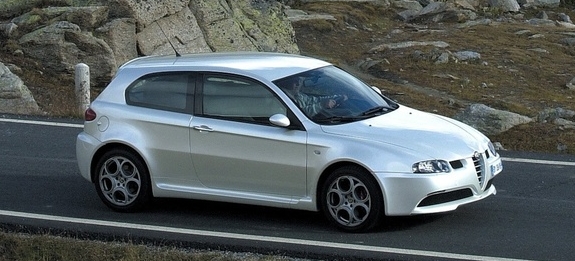 Beautiful and good to drive, the
147 was the best Alfa Romeo seen in decades. Stiff suspension returned
taut handling. Twin-cam twin-spark engines revvy and delicious to
listen. GTA's V6 even marvellous. It didn't take luck to win ECOTY.
|
2. BMW M3 E46 (2001)
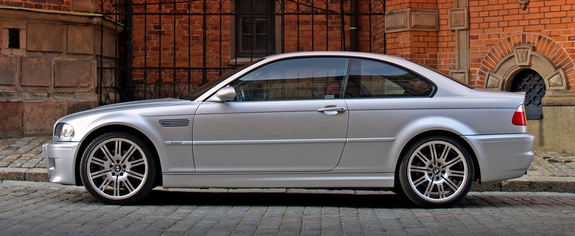 The E46 was the M3 preceding the
OTT V8 model. It represented the best tradition of BMW's high-revving
straight-six. The looks, the performance, the handling (thanks to
active differential) and practicality are all beyond criticisms. Great
value for money, too.
|
3. BMW 5-Series F10 (2010)
 While E39 is still the best ever
5-Series, its grandson F10 dominated the executive car world in its
time. Handsome, high-quality, spacious, comfortable, fast and
good to steer, it had virtually no weakness. No wonder it became the
best selling 5-Series ever.
|
4. Ferrari 458 (2009)
 Not all Ferraris are perfect,
but the 458, including Spider and especially the Speciale, definitely
is. It brings back sexy lines from the 308/328-era. Its 9000rpm V8
lifted performance to supercar level. The chassis is absorbent yet
tightly controlled. The Speciale's Side Slip Control makes ordinary
drivers sideway heros. Mechanical and digital systems gel so well in
this car.
|
5. Ford Fiesta / ST (2008)
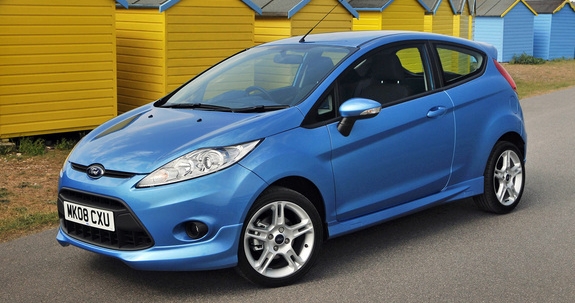 While rivals were putting safety and refinement to higher priorities, this generation's Ford Fiesta still tried its best to please keen drivers. Sharp steering and an interactive chassis balance made it far more fun to drive than its rivals. It looked handsome, too. Later cars came with excellent 1.0 Ecoboost engine. |
6. Ford Focus (1998)
 The original Ford Focus was
renowned for many innovative features, such as the New Edge design that
made it sharp yet spacious, and control-blade independent rear
suspension, which gave it class-leading handling and ride. It topped
our rating chart for many years.
|
7. Ford Mondeo (2007)
 Another sharp-handling Ford
during the period was Mondeo Mk3. It was huge but looked as sharp as a
coupe. Nothing this size in the front-wheel-drive family car segment
could match its driver appeal. Performance was somewhat handicapped by
its weight, but the range-topper got Volvo's 5-cylinder turbo, with
plenty of punch and aural appeal.
|
8. Mazda RX-8 (2003)
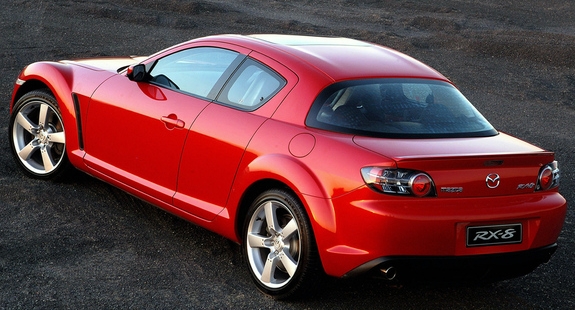 The only and the last car
running Wankel engine was also a great one. RX-8 offered 4-people
accommodation through its special suicide doors. The car with backbone
chassis was light and perfectly balanced. The compact rotary engine sat
low and spun smoothly to 9000rpm. There was not a lot of torque, but
the RX-8 was more about agility and feel, like a 4-seat MX-5.
|
9. Mercedes SL-class (2001)
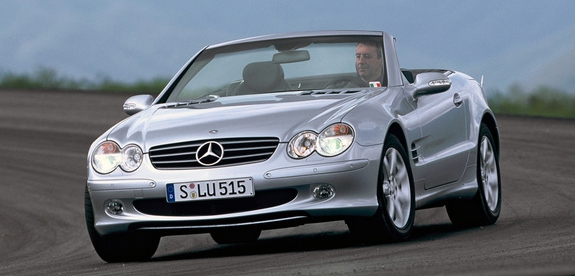 The R230 was handsome and
sophisticated, thanks to a retractable metal roof, active body control
suspension and countless of electronic safety features. SL55 AMG had
power and straight line performance to threaten Ferrari Maranello.
|
10. Mitsubishi Lancer Evo VII / VIII (2001)
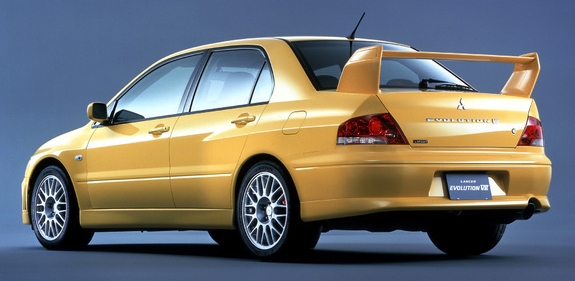 The Evo received a new
generation Lancer body in 2001, guaranteeing higher rigidity. Evo VII
also got a revolutionary active center differential and Active Yaw
Control - the forerunner of torque vectoring. Therefore its handling
was greatly improved. This was the world's fastest A-to-B car of its
time. More entertaining to drive than the rivalling Subaru Impreza, too.
|
11. Nissan GT-R (2007)
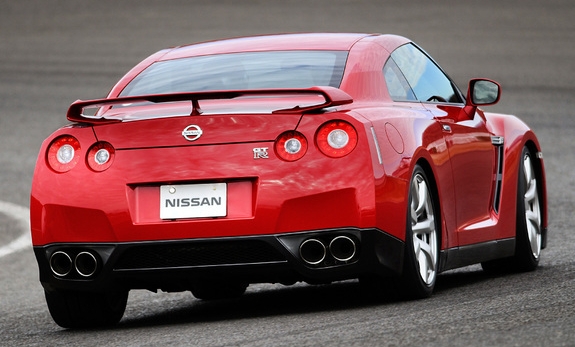 The GT-R, now no longer Skyline,
stunned Porsche with its unrivalling real-world performance. It was a
heavy car, but it also got plenty of gears to shine, such as a powerful
twin-turbo V6, a rear-mounted twin-clutch gearbox and an active 4-wheel
drive system. It looked head-turning, too. It proved that Japan is
still capable to build the best performance cars in the world.
|
12. Pagani Zonda (1999)
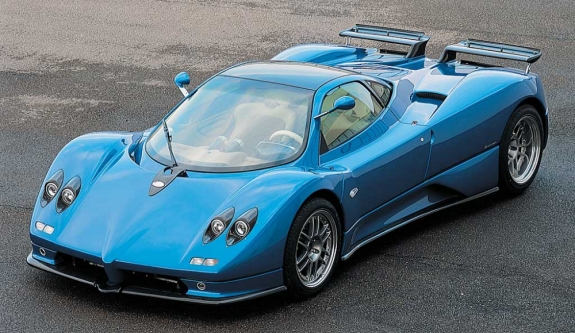 In my opinion, the definitive
supercar in the period was not Bugatti, Koenigsegg or Ferrari, but a
car handcrafted by a small Italian firm, Pagani Zonda. It looked
stunning and sounded even more so thanks to the tuned AMG V12. The
carbon-fiber intensive chassis and body delivered great handling and
ride without resorting to complicated systems. The interior was a work
of art.
|
13. Peugeot 406 Coupe (1997)
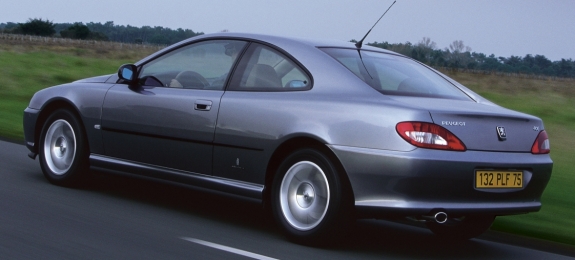 Born in the same year as
AutoZine, Peugeot 406 Coupe was clearly the most beautiful coupe of its
time. It was also the last shine of Pininfarina. The underpinning 406
chassis was as good as you could get from an affordable family sedan,
with good steering, control and ride comfort. Not overly sporty, but
the car was a tempting alternative to family sedans, especially when it
afforded surprising rear seat accommodation.
|
14. Porsche 981 Boxster/Cayman (2012)
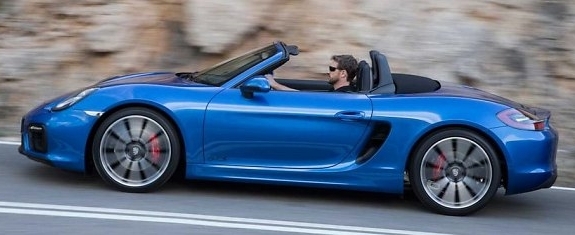 All Porsches are good, but I
would prefer the 981 to the earlier 986/987 because of its better
performance and build quality, and its naturally aspirated six-cylinder
boxer was definitely more desirable than today's turbocharged four on
718. 981 was a perfect match of driving thrills and day-to-day
usability.
|
15. Porsche 997 / GT3 / RS (2004)
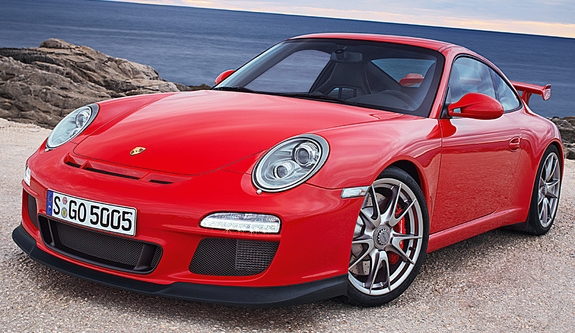 Likewise, the 997 generation is
preferable to the 996 (poor build quality and not so refined design),
the electric-steering 991 and the turbocharged 991.2. It was easily the
purist's choice. GT3 and GT3 RS were the preference of keen drivers,
but even a base Carrera manual would bring you immense fun in everyday
driving.
|
16. Porsche Carrera GT (2004)
 The Carrera GT was the peak of
the analogue era before electronics and hybrid power polluting
the 918 Spyder. Everything was designed to work best in the laws of
physics - the chassis consisted of carbon-fiber tub and engine bracket,
the all-double wishbone suspensions involved no variable damping, the
race-derived V10 sat extremely low in the chassis and drove a fabulous
manual gearbox. It wasn't so fast in the straight line by
today's standards, but the perfect match of chassis and power and feel
made it a masterpiece.
|
17. Renault Clio RS (2000)
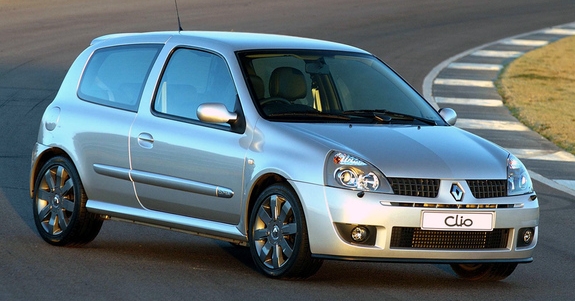 Clio RS was the pocket rocket of the period. A car so small powered by a relatively large 2-liter 16V engine, good for 172 or 182hp. 0-60 mph just over 6 seconds was amazing on its days. Today's hot hatches could be neither as light nor as responsive, blame to the switch to turbocharging. |
18. Renault Megane RS (2009)
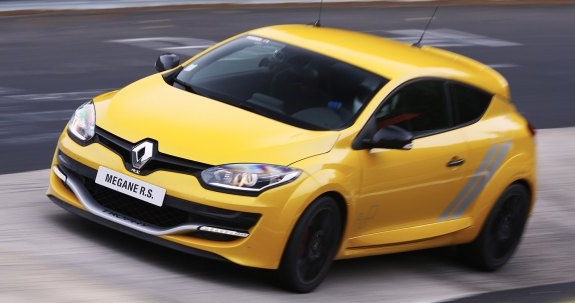 Renaultsport made another great
hot hatch in the late 2000. This time the larger Megane RS. Based on
the radically styled Megane Coupe, it had a style to turn heads. But
most important, its chassis was greatly enhanced with PerfoHub strut
front suspensions and LSD, and the handling was tuned to a perfect
balance between cornering grip and adjustable rear end. It was not the
most powerful car in its class, but the great handling was good enough
to earn a Nurburgring lap record.
|
19. Volkswagen Golf Mk5 / GTi / R32 (2003)
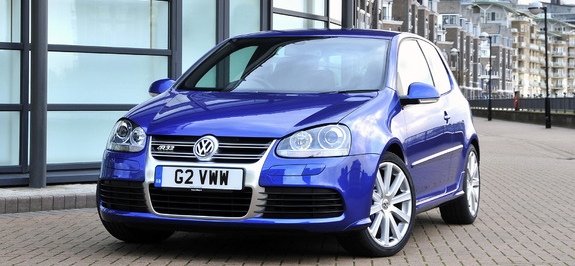 After the boring Golf IV,
Volkswagen finally delivered a great Golf again. The Mk5 was not only
prettier and built with higher quality, but it had some very good TSI
engines and finally multi-link rear axle replacing torsion-beam. Its
driving dynamics was much improved. GTi became fast and desirable
again, whereas range-topping R32 felt premium.
|
20. Volkswagen Golf Mk7 / R (2012)
 Golf VII introduced the lighter
MQB platform thus it is also the most efficient Golf. Fortunately, the
car still manages to improve performance, handling, comfort and
virtually everything. It is once again the best family hatch in the
world.
|
Copyright© 1997-2017 by Mark Wan @ AutoZine